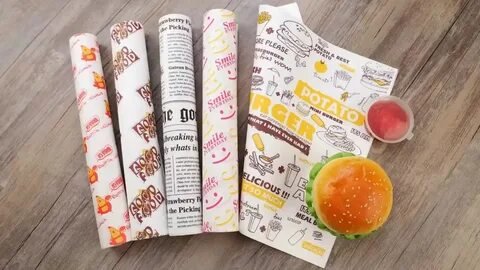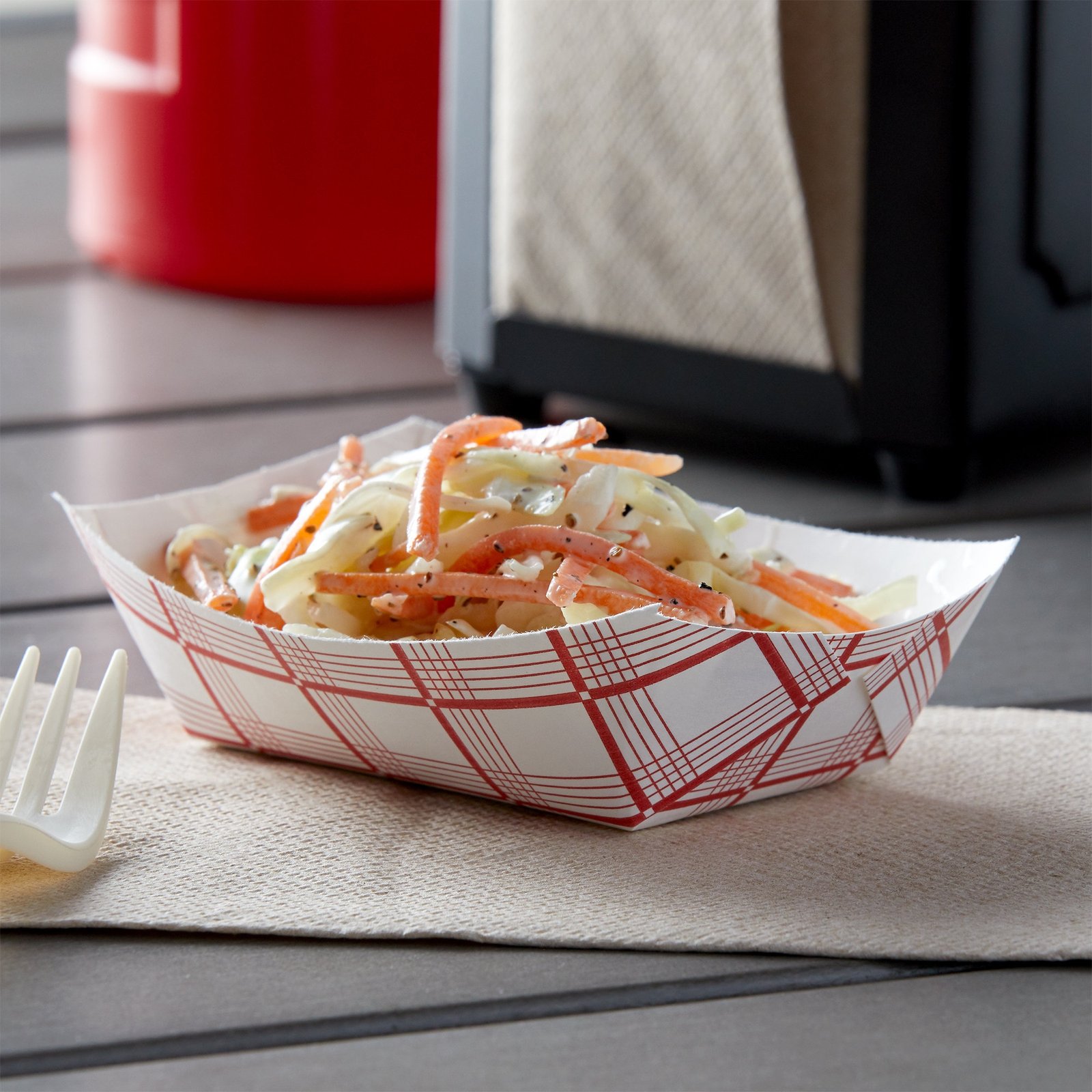Custom deli paper keeps your food safe and can be a powerful marketing tool. This is a meticulous few notches of steps that need to be kept in mind while creating tailor-made deli paper of first-class-quality, using the right materials, and the printing is done perfectly. These papers are used by businesses for branding, hygiene, and looks.
Familiarizing themselves with the production process behind various papers can arm companies with the information needed to make careful packaging decisions. In this article, step-by-step with visuals, you will learn how to make custom deli paper.
Selecting Ideal Materials for Manufacturing
Choosing the right raw materials is the primary step in the process of making custom printed deli paper. Durability, grease resistance, food safety, and numerous other aspects come to the fore due to the role of the paper quality. The paper stock is of high quality for its caliber of moisture and oil resistance. Manufacturers usually use food-grade paper, which is eco-friendly and biodegradable. Also, special coatings or wax treatments can be used to improve performance. Using the proper materials will help create a final product that is both useful and pleasing to look at.
After choosing the paper stock, manufacturers get it ready for processing. The paper is cut down from rolls to the desired size, ensuring consistent precision. At this point, businesses can also select from a variety of textures and finishes, depending on their requirements.
Customizing and Designing for Branding
Other added Features include customization, which is a vital aspect of deli paper production. Package design is invaluable because every business desires its packaging to be a true representation of their brand identity. This is where logos, colors, patterns, and messaging are printed onto the paper. Companies collaborate with adept designers to build eye-catching layouts that coincide with their brand personality.
If you are a deli, sheets of deli paper dimensions are pre-measured and prepared before heading to the printing stage. Before moving ahead with the process, test prints are printed to ensure color accuracy and clarity of the design. After approval, the paper then proceeds to the second phase, printing, where 호화 (horeuh, luxury) quality branding elements are added. This ensures that the deli paper is not only functional but also helps to promote the brand.
Methods of Printing for Quality Production
Once we have the final designs, we move to printing. Different printing methods are used, depending on the design complexity and financial budget. Flexographic printing, digital printing, and offset printing are typically used.
Flexographic printing uses flexible rubber plates to apply fast-drying ink to the paper. This technique is perfect for larger orders, and developed to last. The option of digital printing is great for smaller runs, and high-resolution images can be achieved. Custom printed deli paper is subject to stringent quality control measures to ensure the inks are vibrant and consistent. This creates a more visually appealing packaging option for customers because every sheet is printed precisely and retains its original look.
Using Special Coatings and Finishes
Special finishes and coatings might be applied to improve the quality of custom deli paper. They also enhance resistance against grease, moisture, and tearing. Depending on the food the paper will be used for, wax and polyethylene are the most common types of coatings.
Personalized deli paper with your branding has become one of the most popular solutions to make the paper more unique. This keeps the paper intact regardless of whether they include sauces and oils. Coatings can also be matte or glossy to make the paper look more appealing. From full sheets or selective areas to suit their requirements.
Sawing and Sizing For Various Uses
The deli paper is then cut to desired sizes after printing and coating. The sheets are uniformly cut to the same lengths. According to order demand, manufacturers can make pre-cut sheets or rolls that enable easy dispensing.
Wax papers are available in multiple dimensions to serve various food packaging needs and requirements. Some companies need reduced sheets for sandwich wrapping, while some need big sheets for tray or basket lining. Deli paper can be used in several food service applications, thanks to customized sizing. After cutting, the sheets are stacked and prepared for final quality checks.
Quality Control and Packaging
A strict quality control process takes place before the final product arrives at customers. This involves inspecting the thickness, clarity of the print, and even the uniformity of the coating. Defective sheets are then discarded so that all sheets shipped are quality sheets.
Orders for Deli Paper Wholesale usually undergo extra packing to protect their quality in travel. The papers are protected by shrink-wrapping or the placing of specially made cartons to prevent damage. To make sure businesses get deli paper in perfect condition, it can be packaged appropriately. Bulk orders are tagged for size and design specifications; helping you to maintain the stock.
Distribution and Industrial Use Cases
After the deli paper is produced, quality controlled, and packaged, it is ready for distribution. Providers of custom deli paper supply diverse sectors such as bakeries, restaurants, food trucks, and catering businesses. Depending on their needs, businesses can order in bulk or smaller batches.
Wax paper for food is not just a way to present food well, but also strengthens brand identity. However, if you want a professional touch in your service, custom deli paper is preferred by many food businesses. These papers are used extensively in the field of food wrapping/packaging and are a significant aspect of food marketing. Well-designed deli paper•Custom deli wraps•Deli paper pads•Customized deli paper rollsWith good manufacturing and branding, deli paper can be a great way to enhance customer experience.
Conclusion
Custom deli paper is created using carefully selected materials, creative designs, high-quality printing, and precision cutting. Every stage adds to the creation of a touch entity that is functional as well as aesthetic. Custom deli paper helps achieving better brand visibility for businesses while meeting food safety requirements. Coatings and advanced printing techniques are applied to provide you with durability and aesthetics. The final product satisfies both businesses and consumers through quality control methods. Custom deli paper is a wise investment for any food enterprise seeking to boost the overall presentation of its products.




